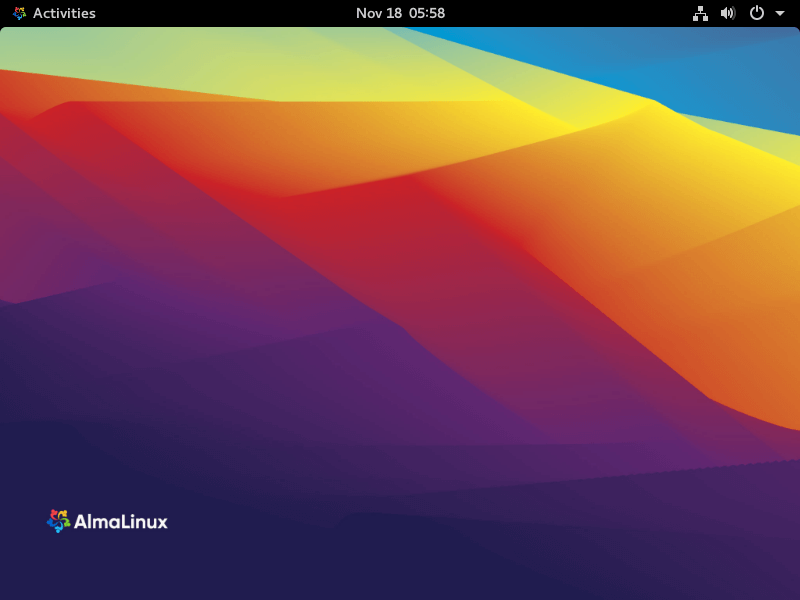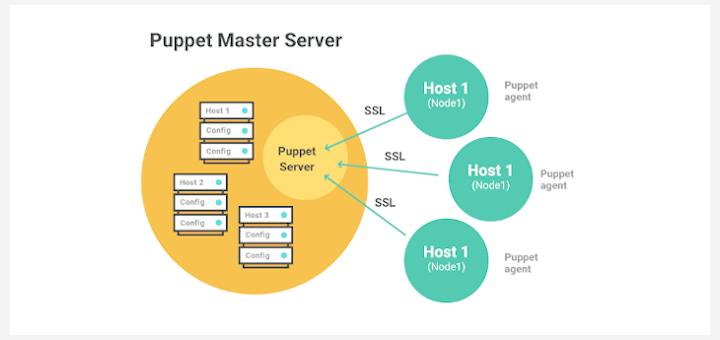Built by CloudLinux to fill in the huge gap left by CentOS 8, AlmaLinux is a fresh breath of life for production workloads after RedHat steered the CentOS project in a different direction.
By now, you are aware of the unsettling decision made by RedHat to drop the CentOS project for CentOS Stream, a developer release, and an upstream distribution for RHEL. It’s a move that caused anxiety among CentOS enthusiasts, but this has been pacified by the release of the AlmaLinux project.
[ You might also like: Best CentOS Alternative Distributions (Desktop and Server) ]
AlmaLinux is a free and open-source operating system that is a true 1:1 binary compatible distribution and a clone of RHEL 8.0. It is designed to take over from CentOS 8 and can be used in a myriad of environments including virtual machines, bare-metal installations, desktop PCs, and even enterprise-grade servers.
The maiden stable release of AlmaLinux ( AlmaLinux 8.3 ) was made available on March 30, 2021. Currently, the latest version of AlmaLinux – and the second stable release, is AlmaLinux 8.5.
AlmaLinux 8.5 is a production-ready distribution and drop-in replacement for the soon-to-be-declared-end-of-life CentOS 8 family. It is based on Red Hat Enterprise Linux (RHEL) 8.5 and was released on November 21, 2021 – just a week after the release of RHEL 8.5.

Key Highlights of AlmaLinux 8.5
- Secure Boot: In AlmaLinux 8.5, secure boot is fully supported. This implies that you can seamlessly install the distribution with the secure boot feature turned on. This is crucial in enterprise environments where security is a top priority.
- OpenSCAP security profiles: The latest release now provides support for OpenSCAP security profiles. OpenSCAP is a suite of applications used to enumerate configuration issues and software flaws/vulnerabilities on a system.
- The devel-repository now comes with extra packages and dependencies. But here’s the caveat: These are only intended for developers only & should not be enabled in production environments.
- New module streams include Python 3.9, Redis 6, MariaDB 10.5, and PostgreSQL 13.
- Compiler toolsets have also been upgraded to the versions: GCC Toolset 11, LLVM Toolset 12, Go Toolset 1.16, and Rust Toolset 1.54.
For more information, be sure to check the AlmaLinux release notes.
Download AlmaLinux DVD ISO images
You can download AmaLinux 8.5 from the Official download page. Feel free to use a Torrent or simply download the DVD ISO image file which is quite enormous – 9.1GB. There are over 100 ISO mirror locations to choose from and you can conveniently choose the one closest to your geographical region for faster downloads.
The DVD ISO comes inclusive with a GUI and all the required software packages to get you started. It’s also worth mentioning that the default Dekstop environment for AlmaLinux is GNOME 3.38. If you are having a lousy connection, you can settle for the minimal ISO image which is about 2GB.
Equally important to note is that AlmaLinux also provides a migration script for those running CentOS Linux. This is to help them migrate to AlmaLinux instead of installing AlmaLinux from scratch. As is always recommended, backup all your files before switching over to AlmaLinux in case something breaks.






